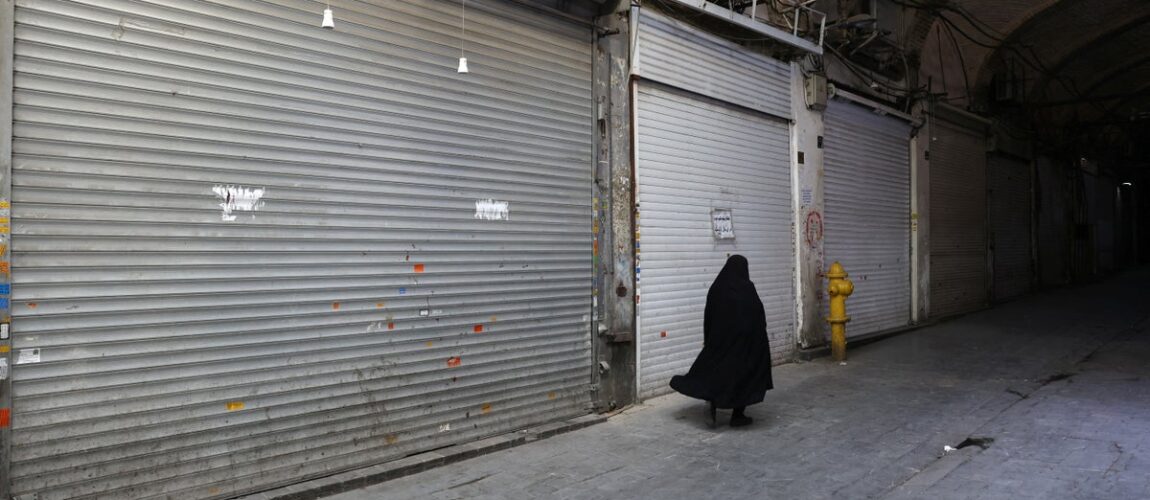This article first appeared in our partner site, Independent Persian
While Iranian officials continue to issue confident claims of being “fully prepared”, “responding decisively” and “managing the crisis”, the reality on the ground tells a very different story. On day six of Israeli strikes, Iranians are facing streets filled with fear, empty shelves at stores, long queues for bread and fuel, and promises of bomb shelters that do not actually exist. In a country that does not even have functioning air raid sirens, what people are feeling deeply, in every sense, is a slow collapse of both safety and hope. Even if they survive the missiles, the trauma of these days will linger for years.
Empty shops, trembling hands, anxious hearts
Reports from Tehran and other Iranian cities reveal that despite decades of threats against Israel, the Islamic Republic has no real plan in place to protect civilians during wartime. Now, the same population already battered by the regime’s chronic mismanagement and deepening economic hardship is facing the added burden of war, and all the suffering that comes with it.
“There’s visible anxiety on people’s faces. Parents are deeply worried about their children, and those with little financial means look like they’ve aged years in just days,” says a food vendor in northeast Tehran, who has witnessed the panic buying firsthand, as he describes the slow unravelling of daily life.
He says all bottled water and packaged food sold out quickly, and those who could not afford to stock up are now under immense psychological and financial stress.
“War doesn’t just hit people with missiles and drones – it crushes their mental health too,” he told Independent Persian. “God knows how many suffer heart attacks or nervous breakdowns with every explosion, how many are left with lasting psychological trauma. The authorities won’t take responsibility for any of that, but we see it with our own eyes.”
Social media users have also described stores being stripped even of basic snacks like cookies. A middle-aged man from southern Tehran said he visited six shops just to find a couple of chickens. Long-lasting food items are disappearing rapidly, he says, and people are now viscerally experiencing the war.
He remembers the long bread lines of the Iran-Iraq war in the 1980s. Now, again waiting hours for bread, he says: “This regime has ruined our lives. Everyone is exhausted, anxious, angry and hopeless – and they blame Ali Khamenei.”
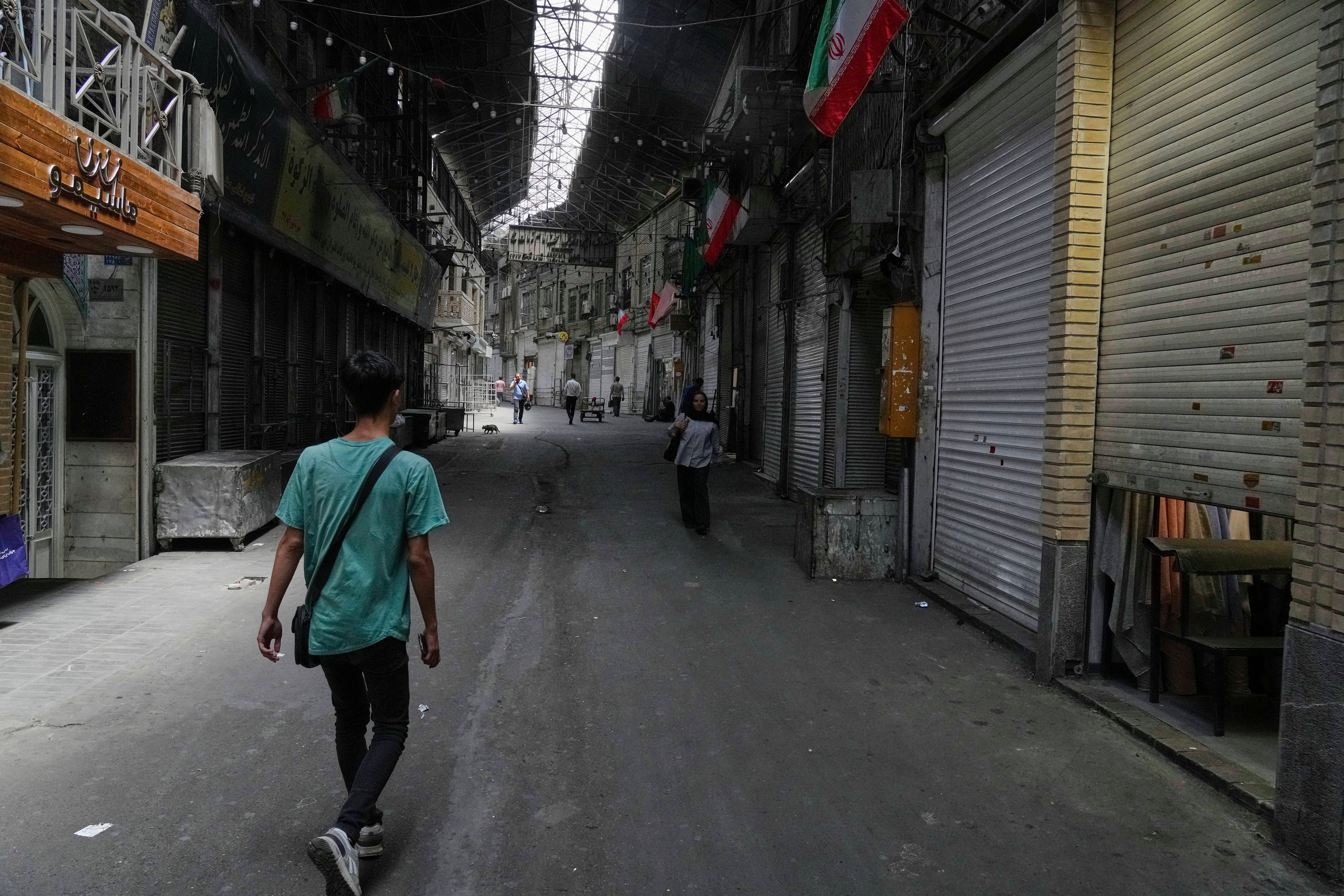
Shuttered businesses and a shaken marketplace
As the sky over Tehran rumbles with anxiety and explosions, shopping centres behind glass doors are eerily silent – not out of peace, but despair and distrust. Images from Tehran’s Aladdin Mall on Sunday showed shopkeepers packing up, locking doors and leaving with no expectation of reopening soon.
But this scene is not limited to just one mall. These days, shopping centres from east to west Tehran – and in other cities – look much the same: shuttered shops, empty corridors, and people wandering through without buying, just glancing and moving on. A clothing store owner in a mall near Tehran’s Farjam Street says, “Almost everyone’s closed. The few who remain open do so in the hope of making a daily sale – because if they don’t sell anything today, they won’t have bread tonight.”
In an economy that has long been reduced to day-by-day survival, the idea of savings has become a distant memory for many small business owners. Even before the war, shopkeepers, service workers and tradespeople were already struggling with soaring inflation, economic stagnation and rising taxes. Now, the sound of sirens and the looming shadow of war have delivered the final blow.
The same shopkeeper mentions a neighbour who had to borrow money from several people just to amass 10 million tomans to stock up on groceries – money he knows he may not be able to repay. What makes this crisis even more stark is that these stories are coming from relatively middle-class neighbourhoods, and not from areas that were already trapped in deep, structural poverty even before the war began.
This is more than economic disruption; it’s the gradual collapse of urban family life. People who had barely managed to stay afloat under the weight of chronic economic instability are now forced to shutter their shops, dodge landlords and creditors, and worry about how to feed their families under the looming threat of war.
Widespread fear and anger
Six days into the Israeli strikes, the dominant public feeling is a mix of deep fear and unrelenting anger. The anxiety is heavier than the sound of explosions and can be felt in the streets, by windows and inside homes. And perhaps the darkest truth: there is not a single functioning public shelter to ease that fear.
On Sunday, a government spokesperson announced that metro stations and mosques would remain open 24/7 as shelters. But by Monday morning, images showed Tehran’s metro stations locked, leaving panicked citizens stranded outside. People seeking safety only found more broken promises.
This issue extends beyond Tehran. The public information council in Isfahan also confirmed that metro stations there were not functioning as emergency shelters. Across major cities, people remain exposed to direct threats without being offered a single basic safe space.
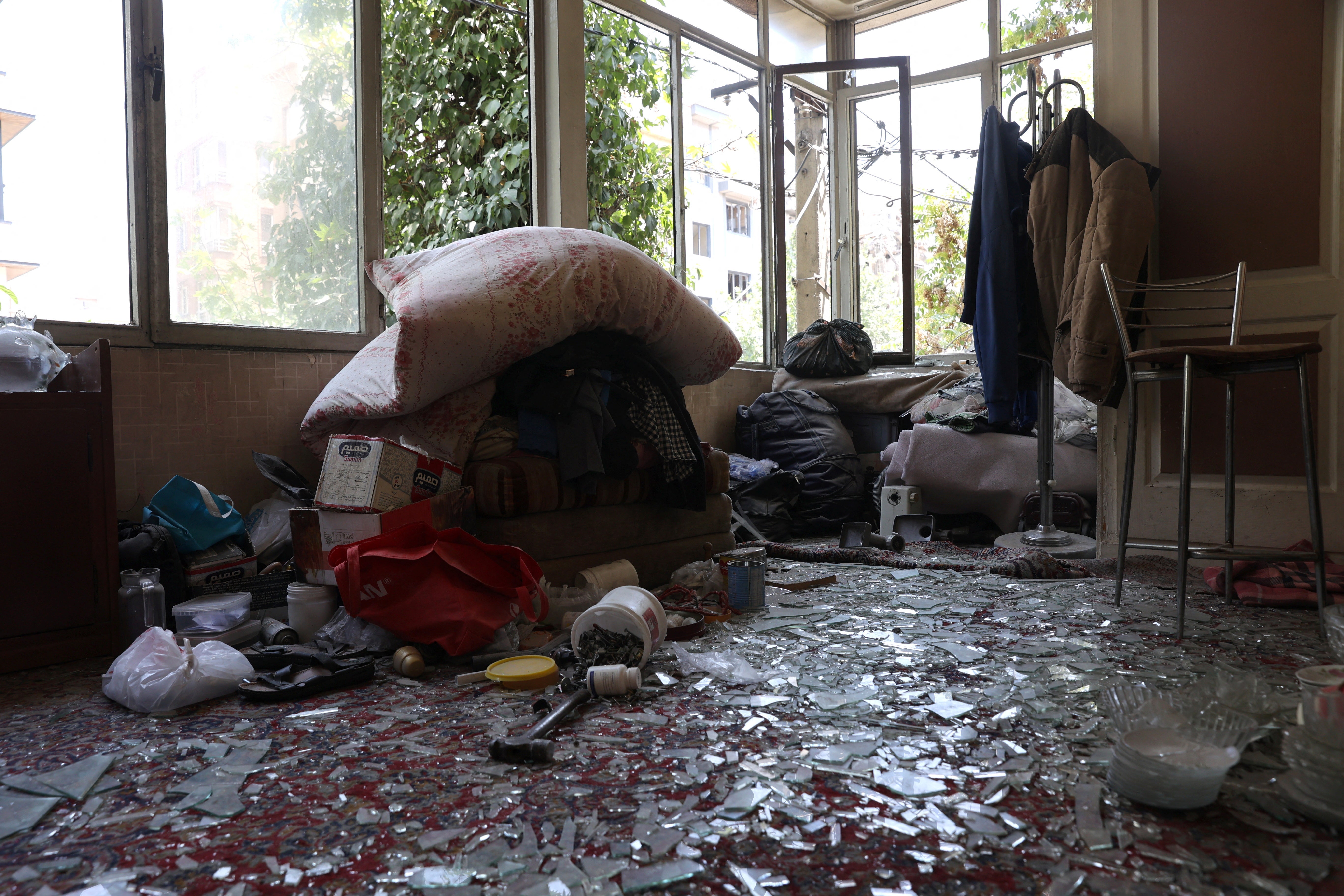
A burning public question now is: Four decades after enduring devastating missile attacks during the Iran-Iraq, why does the country continue to lack substantial civilian protection infrastructure?
Mehdi Chamran, head of Tehran’s City Council, made what sounded like a belated admission: “We still don’t have proper infrastructure to deal with threats. Even during the war, we lacked sufficient experience with shelter drills.” He suggested using metro stations and crisis shelters, but these ideas come too late – for a public now living under skies filled with shrapnel.
In the absence of real solutions, scenes from the 1980s are repeating themselves: people are taping their windows with an X shape, hoping to prevent the glass from shattering. It is a symbolic act that reflects a nation’s profound helplessness in the face of a war it did not choose, under a regime that has failed to provide even the most basic sense of safety.
A 60-year-old woman living with her 87-year-old father in a fragile house in Tehran’s Nezamabad neighbourhood said: “Even under normal circumstances, I’m not feeling well. I take anti-anxiety medication. Every time I hear an explosion, I feel like half of my life is slipping away. My father tries to hide his fear so I don’t get scared, but I can see he’s deeply shaken too.”
Their house is old and unsafe. It cracks with any tremor, and a blast could bring it down. For them, the fear of dying is tangled with the fear of having nowhere safe to go. They didn’t choose this war. They have no defence. Yet here they are, caught in a conflict no one prepared them for.
Crippling internet blackouts and psychological toll
Amid the crisis, at a time when people need reliable information, contact with loved ones and access to trustworthy news more than ever, the government has once again turned to a familiar tool used during politically sensitive moments: restricting internet access. Following the Israeli attacks, authorities have limited the public’s connection to the outside world.
Iran’s Ministry of Communications has officially stated that internet access is being restricted due to “special circumstances” – a vague announcement offering neither a clear explanation nor any assurance of improvement. But what people are actually experiencing goes far beyond “restrictions”: extreme slowdowns, constant disconnection of VPNs, disruptions to messaging apps like WhatsApp and, in some cases, total loss of connectivity.
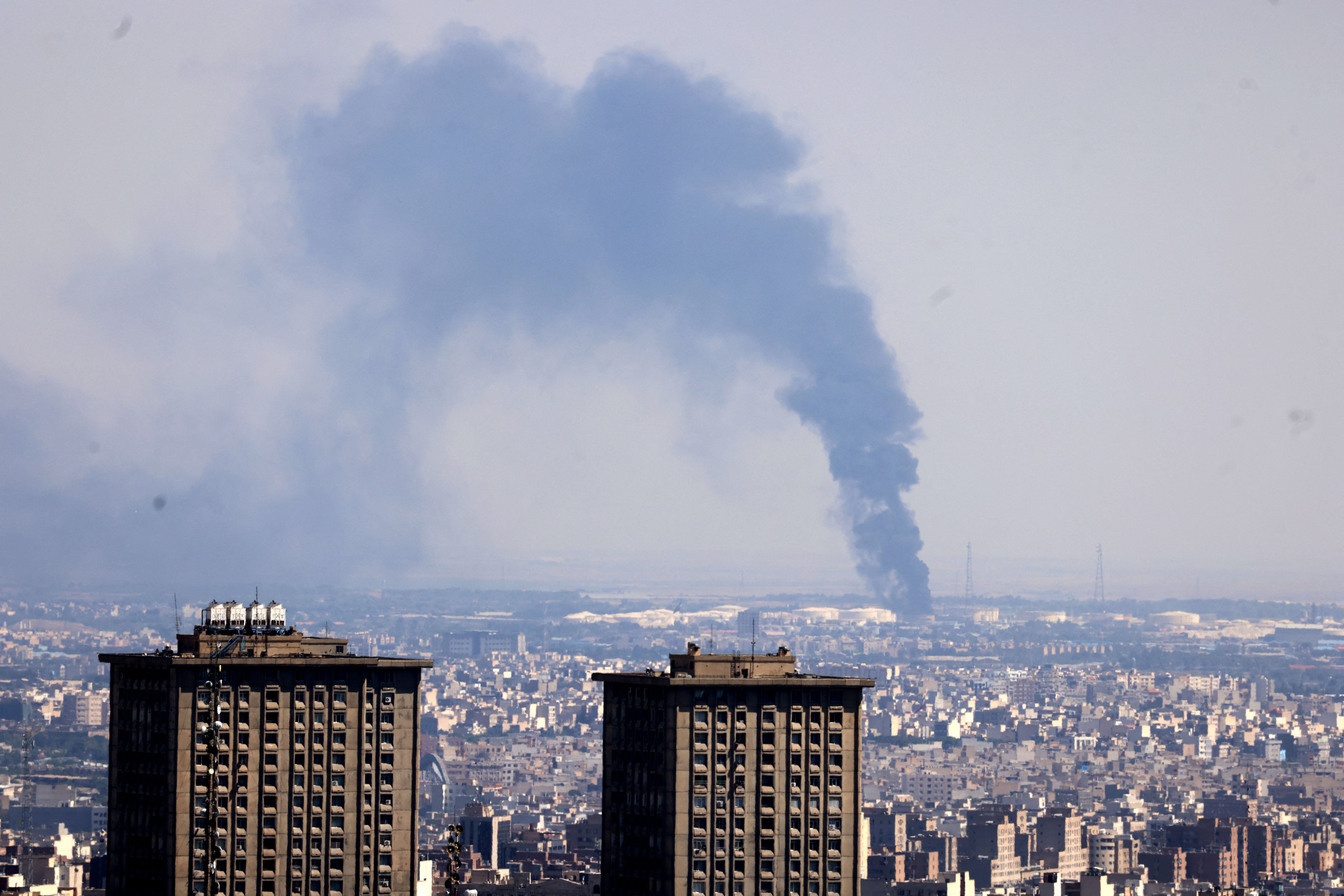
Deputy Communications Minister Ehsan Chitsaz tried to deflect blame, saying on X, formerly known as Twitter: “We wish there was internet access, but it’s out of the ministry’s hands.” Simple as it sounds, the remark amounts to a quiet admission that cutting off public access to the outside world is a decision driven not by executive bodies, but by the Islamic Republic’s security apparatus.
The effects go far beyond inconvenience. One Iranian living abroad recounted: “I heard there was a strike near my parents’ home. I sent a message in our family group, but it wouldn’t go through. I didn’t get a reply for three hours – I was frantic.” This experience is shared by thousands inside and outside the country; trapped in silence, unable to reach or be reached.
In the absence of a free flow of information, the regime’s official narrative, once again, becomes the only one available. In the absence of independent media, state broadcaster IRIB pushes messages of a “crushing response to Israel”, while the public, cut off from reliable news sources, is left trapped between fear, uncertainty and one-sided narratives. This deliberate restriction is not only a blatant violation of the right to communication and access to information – it’s also a tool for shaping public opinion in the midst of crisis.
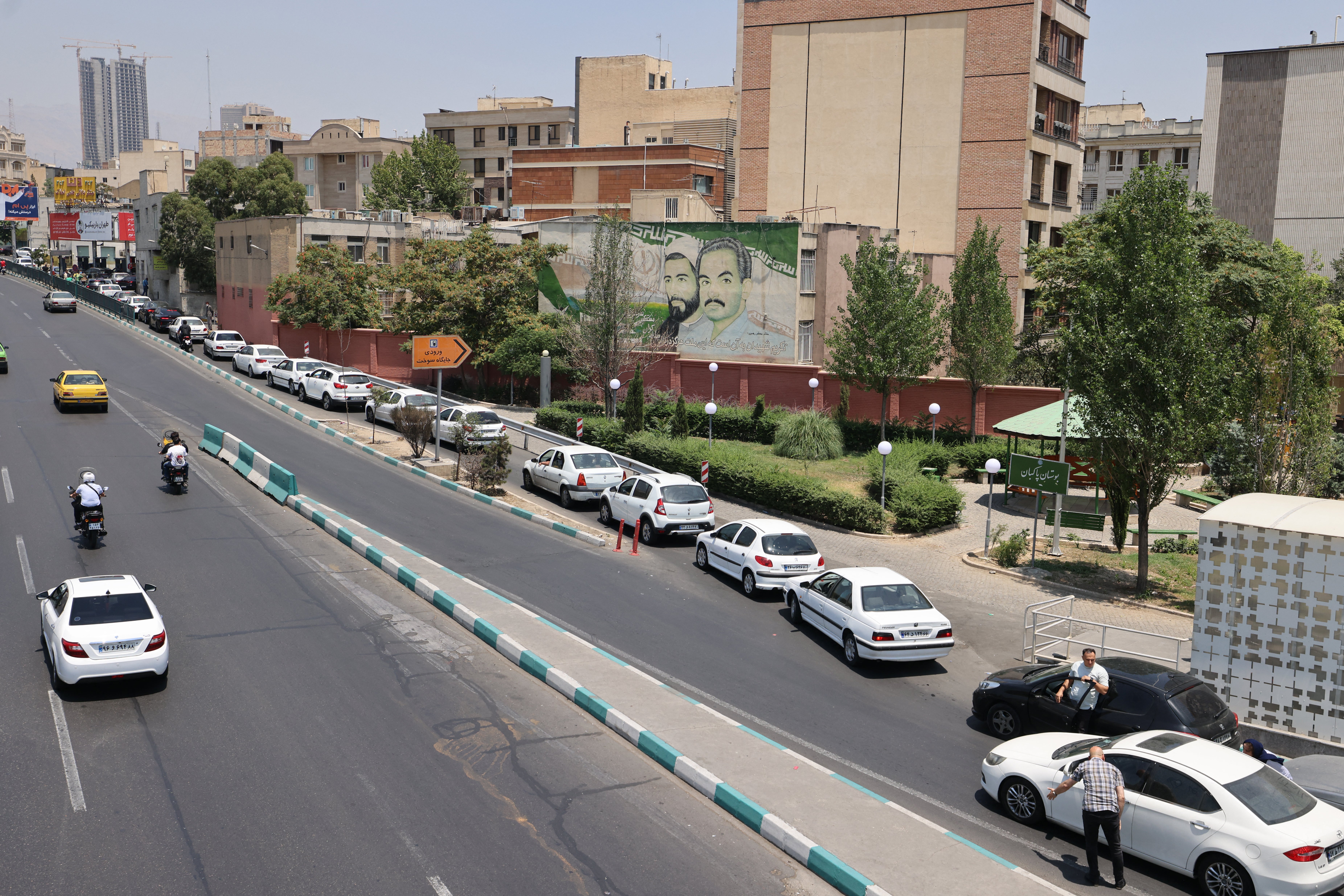
Restrictions everywhere – from fuel to cash
What’s unfolding in Iran now feels like a slow-motion collapse, one that only the people seem to fully perceive. Long queues at petrol stations are among the most common images. People wait in the heat for hours, only to be allowed 15 litres of fuel – no more.
A 32-year-old from southeast Tehran, who now drives for Snapp (Iran’s Uber), said: “I had to close my shop because of high prices and blackouts. Now I’ve got rent, a newborn baby, and no fuel – or even formula.” Frustration and anger weighed down his voice. He, like many others, spends three hours queuing for fuel, only to make a few short trips before needing more.
But the crisis goes beyond transportation. Cash itself is becoming scarce. Many ATMs are down, either due to banking system failures or because they have simply run out of cash. People spend hours going from one machine to another just to withdraw a few hundred thousand tomans – cash that could be vital in an emergency, whether to buy bread and medicine or make a possible escape from the city.
While some bank branches remain open, many are running low on cash. In an atmosphere of growing panic, the lack of fuel, infant formula and cash has left many feeling besieged – not by a foreign power, but by their own government’s chronic failure to anticipate crises and provide even the most basic needs for its citizens.
A capital emptied by fear
Tehran is no longer its usual bustling self. The streets are quieter—but this silence isn’t peace. It’s a survival strategy. Many residents of the capital and other major cities are fleeing. Those who have left are now stuck for hours in traffic on highways out of Tehran.
Footage from Sunday showed major exits clogged with anxious families, driving without direction or destination – just desperate for safety. Yet the question remains: where is safe? Those left behind in their homes ask the same thing. They don’t have a place to go, nor a vehicle, nor the confidence that leaving will even help.
At Iran’s land borders, especially Bazargan, new scenes are unfolding: long lines of people trying to escape to Turkey or neighbouring countries. With flights suspended, people are pinning their hopes on overland routes. But capacity is limited. Those without cars are left completely stranded in the absence of an emergency transport system or even an alternative plan.
In the absence of state coordination, people have taken matters into their own hands, creating grassroots Telegram groups where those with cars offer their spare seats to others in need of a ride. These improvised efforts reveal that, in the regime’s vacuum, social solidarity remains the sole functioning aspect.
At the same time, Iranian expats, especially in Turkey and the UAE, have begun offering housing to fellow citizens – people stranded by flight cancellations or seeking temporary refuge.
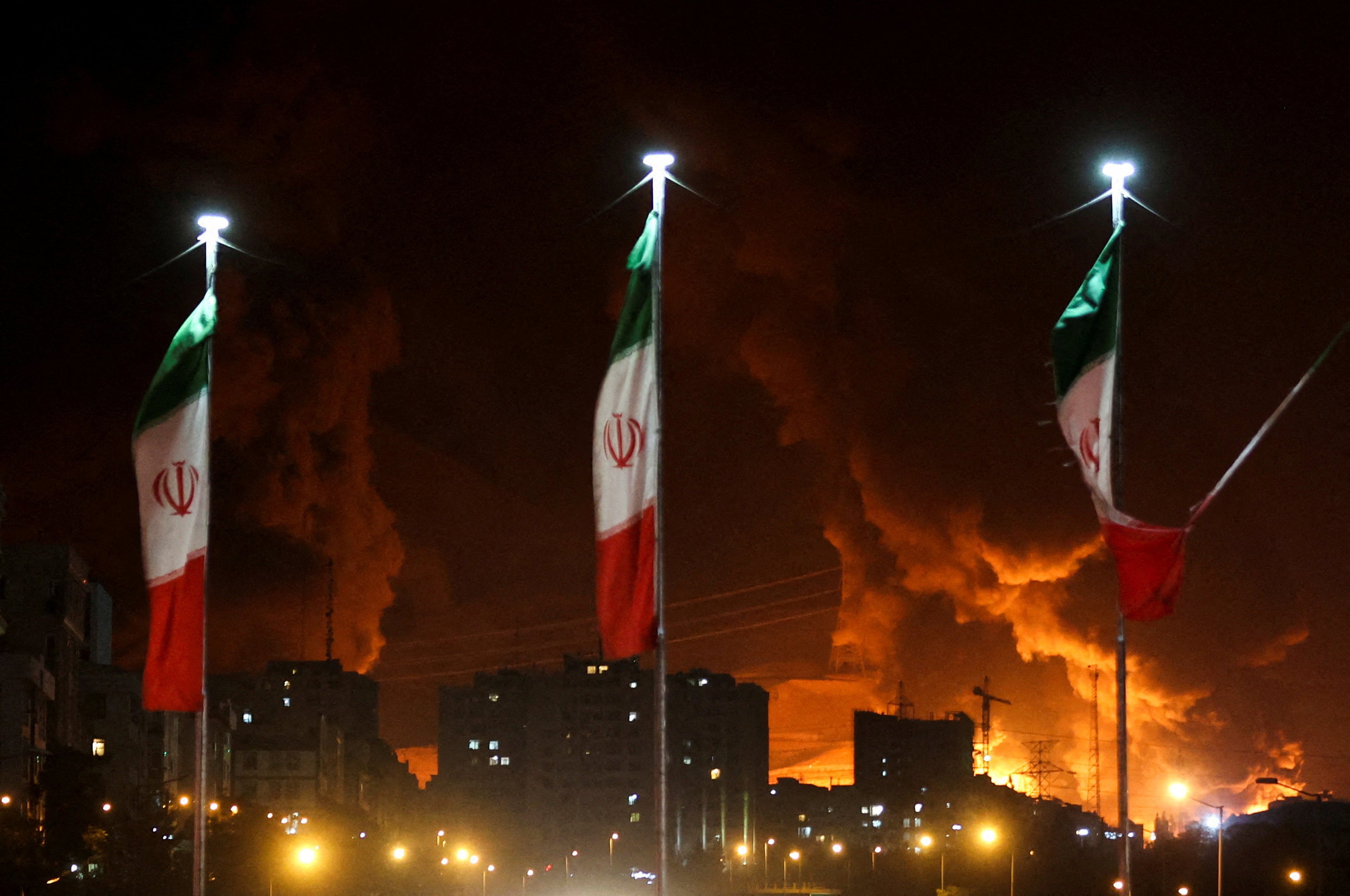
A wartime reality
What Iranians are now living through is unmistakably a state of war, though the regime avoids using the term. There’s no clear end in sight, and fear, helplessness, and distrust have taken hold. Even if they survive the bombs, the psychological scars of this war will last for years. These are people already crushed by poverty, inflation, censorship and repression.
This war, imposed on the Iranian people without their choice, has not only damaged the physical fabric of cities but also struck at the psyche of an entire nation. Psychologists call it ‘collective trauma’: a wound not on the body, but on the soul of a people. And if left unacknowledged, it can fester into hatred, distrust, and social collapse.
The consequences of this crisis extend far beyond psychological trauma. Damaged small businesses, widespread closures, a new wave of unemployment, shortages of essential goods, disruptions in banking and internet services, interrupted education and capital flight – all mark the beginning of a path leading to a deeper, long-term crisis.
In the end, whether this war continues or comes to a halt, for the people of Iran it is not just a military conflict, it is an experience of total abandonment. And that sense of abandonment will not end when the bombs stop falling. What is left is a generation that no longer fears, but no longer hopes, either. A generation with no voice, no shelter and no clear future.
Reviewed by Mohadese Tahery and Celine Assaf

